MedievalReporter.com
Covering history's most marvelous millennium
Join our newsletter!

Covering history's most marvelous millennium
Covering history's most marvelous millennium
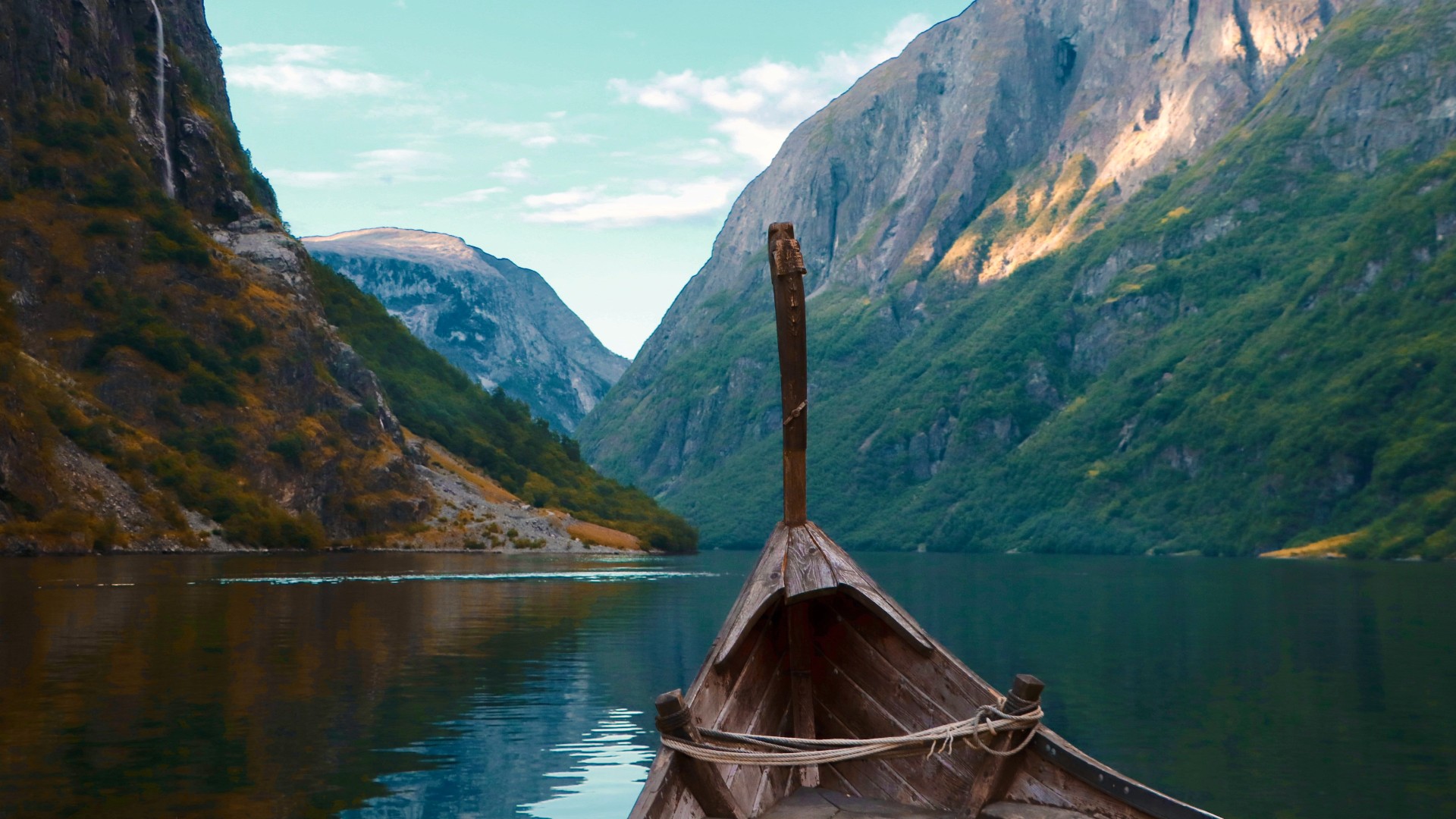
Oars were pushing the water away at increasing speed. The boat progressed annoyingly slow through the wide waters of the Volga River. The expedition’s leader had just ordered his men to make haste. The rhythm of rowing picked up. The next bend, they had been told by a ship passing in the opposite direction, would be the last. The captain sure hoped so – they had traveled up this damned river for a thousand kilometers and still had not reached their target. But, as they made this final turn, a beautiful scene rolled out in front of their eyes.
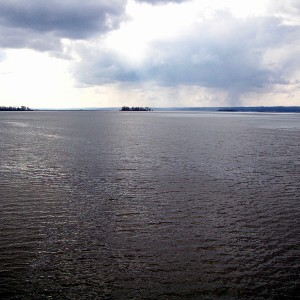
There, across the water, they spotted the Bulgar capital of Kazan. A bustling commercial town, located at the intersection of the Volga and the most important steppe trade routes. The leader of the group was filled with both relief and pride at the sight of it. He was thousands of kilometers from home and on important business. He was going to convert the Bulgars to Islam.
His name was Ahmad ibn Fadlan. His lord, the caliph, had sent him north, tasked with this important mission. However, while in Kazan, the Vikings there actually drew most of his attention.
As it happened, Ahmad was invited to a ship burial and – fortunately for us – wrote down all the crazy stuff he witnessed in his diary.
Grab a short intro to the Rus’ from our Medieval Guidebook.
The Bulgars controlled much of the world’s commerce during the Viking Age. Their capital, Kazan, was strategically located at a mercantile focal point. It thrived as the nexus of a Eurasian trade network and rivaled the greatest urban centers of Islam in size.
A lot of commerce came in from China in the east and Scandinavia in the west. The Bulgars could trade one for the other and turn a profit. Additionally, the vast Volga river allowed them to trade southward, with Persia and the Islamic Caliphates.
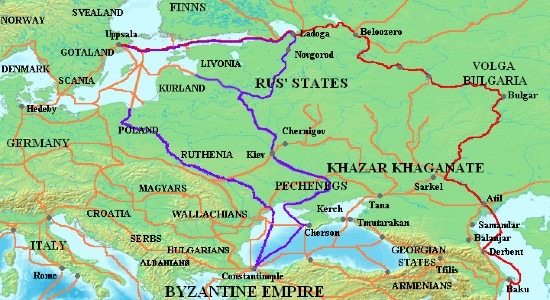
In his struggle with other steppe peoples, the Bulgar ruler had asked the caliph for financial and military assistance. Preferring the religious route, the head of Islam instead sent Ahmad ibn Fadlan, a scholar well-versed in the Quran. He left Baghdad in the summer of 921 and arrived at Kazan nearly a year later.
By then, the wealth of the Volga Bulgars had drawn Viking attention. Scandinavian traders and raiders came sailing down the river, looking for commercial connections with Central Asia, China and Persia. Ahmad called them al-Rūsiyyah, leading to our name for these Eastern Vikings: the Rus’.
These Rus’ had set up shop at the Volga’s banks near Kazan. Ahmad described them as ‘perfect physical specimens’, with bodies ‘as tall as palm trees’ and blond hair. True to their Viking heritage, Ahmad also noted that every man – whether trader or soldier – was armed with axe, sword and knife.
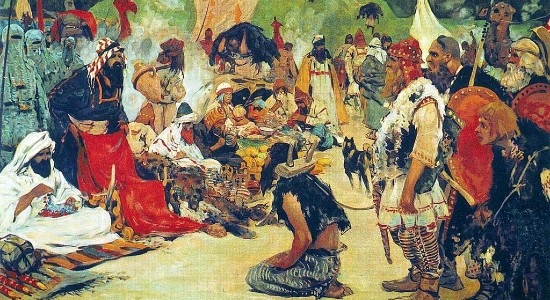
– advertisement –
– article continues below –
Contributing to their “noble savage” aura, Ahmad wrote he also found the Rus’ to be hygienically disgusting and sexually shameless. As a devout muslim, he deemed the art of group sex vulgar and unsophisticated. Well, as it turned out, Ahmad was in for a treat.
Proud to show him their culture, the Rus’ invited the caliph’s emissary to a funeral. And not just any funeral. One of the Rus’ chieftains had died and would receive one of those legendary Viking ship burials.
Although a little weary from the trip to Kazan, the devious stories about the Rus’ that circulated around town irked Ahmad’s curiosity. He decided to attend the funeral. Little did he know that the scenes he would witness would cause him many sleepless nights.
First of all, the preparations for the ceremony took ten full days. All the while, the dead chieftain’s body was provided with food, drink and musical instrument – as if his ghost was consciously roaming the area, looking to pass the time until his final departure.
The ten days were not a period of solemn contemplation. Almost a third of the (rich) chieftain’s inheritance was spent on brewing enough alcohol. The Rus’, you see, spent almost the entire preparation period as drunk as fish.
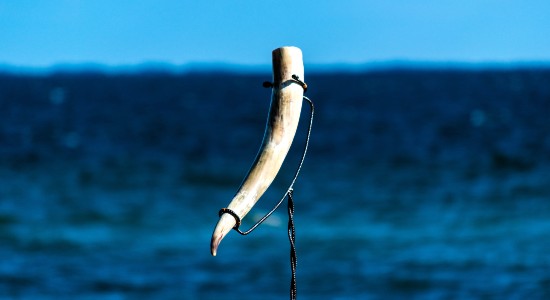
Of course, just alcohol wasn’t going to cut it; this was a proper Viking feast, so there should be sex – and lots of it.
To provide the proper platform the chieftain’s ship had been pulled onto dry land. The Rus’ made music, sang, and danced on the deck. Meanwhile, the ceremony’s leader gathered all the dead chieftain’s slaves and asked for a volunteer – a volunteer to die, to be precise.
A 15-year-old girl stepped forward. She became the chieftain’s bride during these ten days. She was donned in beautiful clothes and was allowed to order other slaves around.
The “bride” could eat and drink as much as she wanted. But she was also forced to sleep with most of the Rus’ men that participated in the ceremony. Especially with the relatives of the dead chieftain – her “husband” – she was required to have sex over and over again.
On the tenth day, the Rus’ installed their dead chieftain on his ship’s deck in an upright position on a pile of comfortable pillows. The chieftain was dressed in breathtakingly expensive Byzantine cloth-of-gold. The Rus’ then filled the deck with tons of food, drink and spices for his journey to the afterlife.
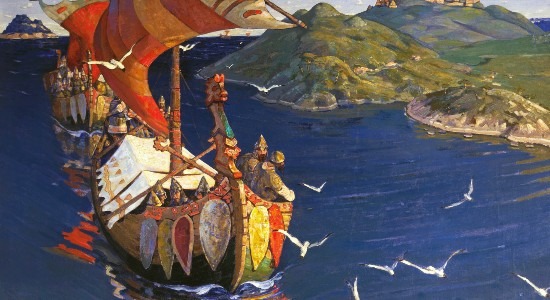
Meanwhile, the slave girl – the “bride” – worked her way through the encampment that had been thrown up around the ship. She went from tent to tent and had sex with all the Rus’ men, who afterward yelled to signify they had done their “job”.
Next, a Rus’ ceremonial sword would literally cleave a dog in half. Both parts would be thrown on the ship’s deck. After that, a couple of chickens, cows and even horses met the same fate.
Now it was the slave girl’s turn to go “aboard”. The charade finished, her jewelry and beautiful clothing were taken off her. Six men – the chieftain’s relatives – awaited her arrival on the ship’s deck.
She sang a farewell song, then hurriedly downed two units of strong alcohol. Knowing the fate awaiting her, she got confused and hesitated with entering the ship. Sparing no time, somebody grabbed her by her hair and dragged her aboard as she cried out in utter desperation.
On deck, the six relatives held her down and raped her in turn. All the while, a priestess continuously and relentlessly stabbed her between the ribs. After this atrocity, she was left for dead as the relatives and the priestess left the ship.
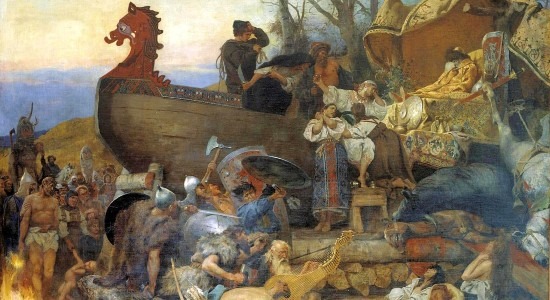
After this horrendous spectacle, a naked Rus’ men set the ship on fire. All the foodstuffs, the animal carcasses and the slave girl’s body went up in smoke. The wind picked up and a column of ash circled high above Kazan.
In addition to the visual extravaganza, there was of course a torrent of sounds and smells accompanying the scene: the shrieks of the animals; the slave girl’s panic; flies drinking from sticky pools of half-dried blood; the singing and chanting of the spectators; and a stinky mix of recent sex, murder and death.
The Rus’ were overly content about the ceremony. They had done their part. All had gone down as it should have.
After the fire consumed the ship, the Rus’ threw up a hill over the pyre’s remains. They topped it off with a tree trunk, in which they carved their chieftain’s name. Then they left.
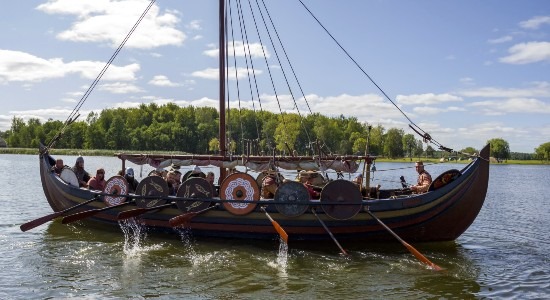
– advertisement –
– article continues below –
The caliph’s emissary had witnessed the entire ceremony. He was both fascinated by and aghast at its cruelty. While traveling up the Volga, he had heard stories about the Rus’. But this display of Viking ferociousness had exceeded his wildest expectations. This world was so different from Baghdad, where they buried their dead, that Ahmad ibn Fadlan had to record the ceremony in full in his diary.
Fortunately for him, he was able to report more than Rus’ savagery to his master. Ibn Fadlan managed to convert the Bulgars to Islam, creating a valuable ally to the caliphate on the Volga’s banks. Afterward, he returned safely to Baghdad to report his findings.
We don’t know what happened to Ahmad afterward. In fact, we don’t know much about him besides the things he himself wrote down. A first, incomplete version of his writings was published to a Western audience in 1823.
A century later, a more intact version of his stories was discovered in northern Persia. It has shaped our image of the Rus’ and the Vikings ever since. Since then, archeologists have unearthed numerous ship burial places that corroborate a lot of the details in Ahmad ibn Fadlan’s story.
And our knowledge of the Rus’ only stands to grow. Scientists expect to be able to dig up many more Viking ships in the future. Thanks to Ibn Fadlan, we have a first-hand account of what may have taken place at these locations.
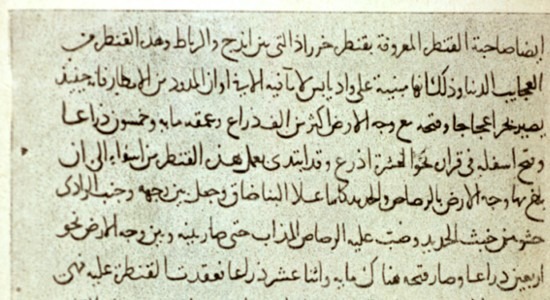
Disclosure: we work hard to provide you with exclusive medieval reports, reviews and guides. To make the Middle Ages accessible to everybody, we’d like this information to remain FREE. Therefore, some of the links below are affiliate links, meaning – at no additional cost to you – we will earn a small compensation if you click through.
Comments are closed.
Are you writing the articles in your website yourself or you outsource them?
I am a blogger and having difficulty with content.
Hi, Elisha. We write and research all our articles ourselves, although we do accept guest posts from time to time. Books are our main inspiration. If you’re looking for great medieval material to read, check out our reviews!
Thanks for sharing such a nice thinking, post is nice, thats why i have read
it entirely
Glad you liked it, Vicki. Thanks for your comment!
Heya i’m for the primary time here. I came across this and I find It truly interesting
Great to hear it, Rachael. Thanks for stopping by!
You certainly know how to keep a reader entertained. I was almost moved to start my own blog (well, almost…HaHa!) Wonderful job.
Haha! Thank you so much, Sybil.